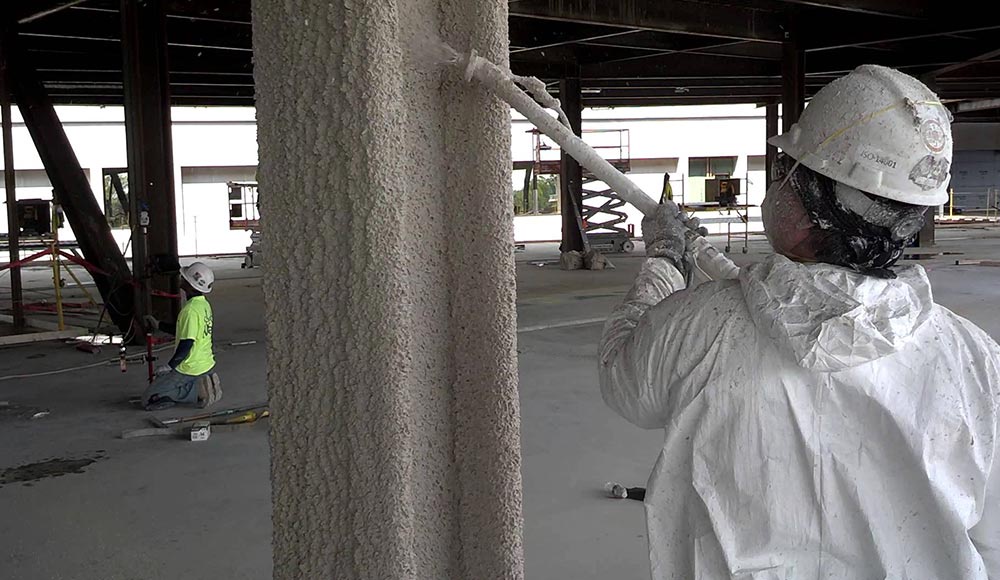Architects play a pivotal role in designing structures that not only embody aesthetic appeal but also prioritize safety and functionality. In recent years, the choice of construction materials has become increasingly crucial, with lightweight cementitious fireproofing emerging as a preferred option for architects. This article explores five compelling reasons architects design designs for lightweight cementitious fireproofing in Toronto.
- Enhanced Safety Measures:
Safety is a paramount concern in the architectural realm, and lightweight cementitious fireproofing provides additional protection against fire hazards. Composed of lightweight aggregates, cement, and additives, this material creates a robust barrier that withstands high temperatures during a fire. Architects prioritize the safety of occupants, and using fire-resistant materials like lightweight cementitious fireproofing is a proactive step in ensuring buildings meet stringent safety standards.
- Structural Integrity Without Added Weight:
One of the primary challenges architects face is balancing structural integrity with the overall weight of the building. Traditional fireproofing materials can be heavy, adding significant load to the structure. As the name suggests, lightweight cementitious fireproofing offers a solution by providing robust fire protection without contributing excessive weight. This allows architects to design buildings with innovative and aesthetically pleasing elements while maintaining structural integrity.
- Ease of Application and Versatility:
Architects appreciate materials that offer versatility and ease of application, and lightweight cementitious fireproofing ticks both boxes. It can be applied to various surfaces, including steel and concrete, making it a versatile choice for different structures. The ease of application also translates to cost savings, as installation is more straightforward and requires less labor than traditional fireproofing methods.
- Aesthetic Freedom:
Architectural designs often aim to create visually stunning structures, and lightweight cementitious fireproofing allows architects to explore innovative designs without compromising safety. The material can be applied thinly, which is advantageous in maintaining the architectural detailing and aesthetics of the building. This balance between safety and design flexibility is a key factor driving architects to choose lightweight cementitious fireproofing.
- Cost-Effectiveness and Long-Term Durability:
Budget considerations are integral to any architectural project, and lightweight cementitious fireproofing is cost-effective. It can also be used for Fire proofing repairs in Ontario. While the initial investment might be comparable to other fireproofing options, the long-term benefits become apparent. Its durability ensures that the fire protection remains effective over an extended period, reducing the need for frequent maintenance or replacement. Architects appreciate materials that contribute to a structure's overall sustainability and longevity.
Conclusion
Architects are increasingly turning to lightweight cementitious fireproofing for its multifaceted benefits. From bolstering safety measures to offering structural integrity without excess weight, this material aligns with the evolving priorities of modern architectural design. Its ease of application, aesthetic freedom, and cost-effectiveness further solidify its position as a preferred choice among architects who strive to create buildings that seamlessly integrate safety, functionality, and visual appeal. As the architectural landscape continues to evolve, lightweight cementitious fireproofing stands out as a reliable and innovative solution for meeting the diverse needs of contemporary design.


No comments yet